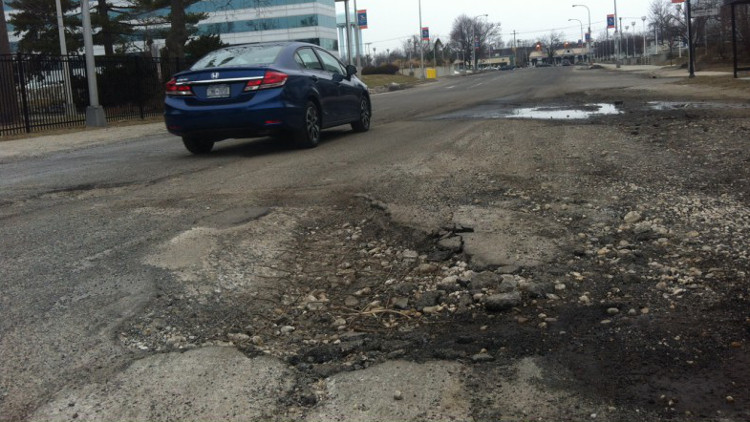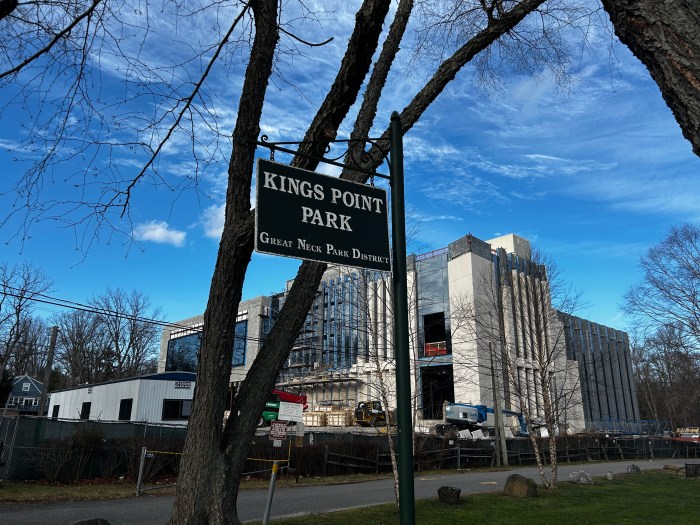Clear skies, green lights, music’s up, then suddenly, “Bam!” the rim cracks, your tire blows — you’ve hit a dreaded pothole.
Everywhere I go, people ask about road repairs. As winter wears on and peak pothole season is upon us, my team has put together an aggressive plan to get Nassau’s long-neglected roads back in top-notch condition.
In 2019, the Department of Public Works (DPW) will repave a total of 175 lane miles — that’s a 130 percent increase since 2017.
With more than 1,500 county-owned lane miles in Nassau, we have a lot of work to do. We began a pilot pothole program in fall 2018 for short-term resurfacing. Rather than filling potholes individually, our resurfacing strategy aims to mill and fill larger patches of roadway — a quicker, more efficient, and safer option that prepares us for our long-term resurfacing program.
The pilot program has proven to be successful and so we plan to significantly expand it in 2019. In 2018, we filled a total of 60,057 potholes, paved 87 lane miles (up 20 percent from 2017), and deployed seven three-man crews a day during peak pothole season.
The county recently purchased six new hot boxes used to keep asphalt hot while on the road. Without hot boxes, the crews must make frequent trips to an asphalt plant in order to get hot asphalt, wasting time and resources.
We are also tightening up our contracting process. DPW historically bid individual $4 million to $5 million resurfacing contracts. This year, they’ll bid an extensive $15 million road resurfacing contract to solicit interest from new firms capable of delivering large projects. This will also expand our vendor pool and get us a better bang for our buck.
Why do these hazardous road craters seem to be multiplying every year? Potholes begin to develop when snow and ice melt. The resulting water then seeps beneath the pavement through cracks caused by the wear and tear of traffic. As the temperatures cool to freezing at night, the water becomes ice and expands below the pavement, forcing the pavement to rise. As the weight of traffic continues to pound on this raised section and the temperatures once again rise above freezing, a shallow divot occurs under the surface and the pavement breaks, forming a pothole.
DPW contractors will begin permanent repaving in the spring when the weather breaks. They’ll continue with temporary resurfacing efforts throughout the winter if and when the weather is warm enough to accommodate the laying of asphalt.
Looking toward the future to address infrastructure, Nassau is undergoing a state Roadway Sustainability and Compliance Study. The study is assessing existing roadway conditions on county-owned roads so that DPW staff can prepare long-term plans to maintain these roadways consistent with federal and state guidelines.
See a pothole? Please report it to 516-571-6900.
Laura Curran is the Nassau County Executive.






























